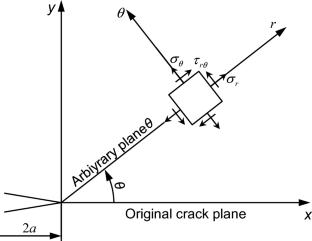Influence of partial separation between rock specimen and loading device on determination of Mode II fracture toughness by shear-box test
Abstract
Shear-box loading could partially separate rock specimen and loading device to keep moment balance, but the influence of the partial separation has not been considered in determining Mode II fracture toughness. In this study, the finite element method was employed to analyze the separation states between rock specimen and loading device in the shear-box tests with various loading angles, and the influences of the separation state on the stress intensity factors and Mode II fracture toughness were investigated by recalibrating the Mode I and Mode II dimensionless shape factors. The results indicate that the separated length increases as the initial crack length or the loading angle increases. If the separation state is not considered in the mechanical analysis, the average relative errors of the resulted Mode I and Mode II stress intensity factors are about 21.66% and 11.06%, and the relative errors of the Mode II fracture toughness determined by the Mohr–Coulomb fracture criterion are greater than 9.3%. Therefore, the influence of the separation state between rock specimen and loading device cannot be ignored in the fracture analysis of the shear-box test.


 求助内容:
求助内容: 应助结果提醒方式:
应助结果提醒方式:


